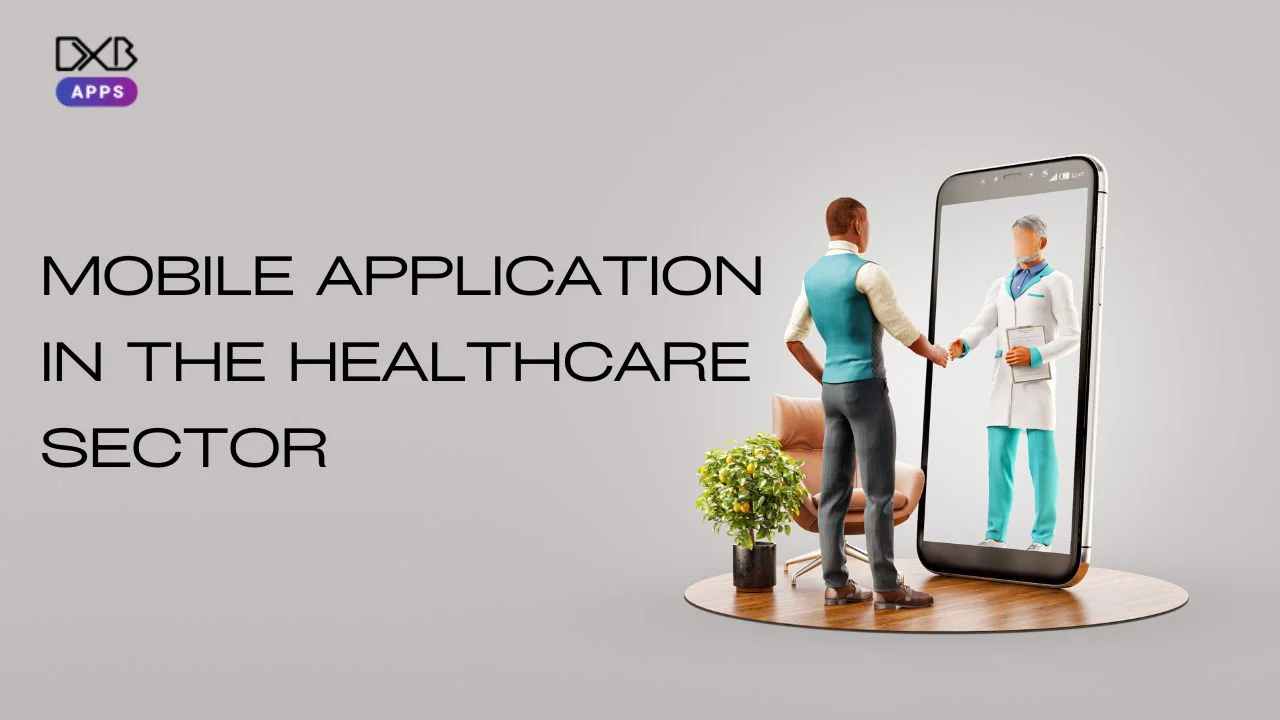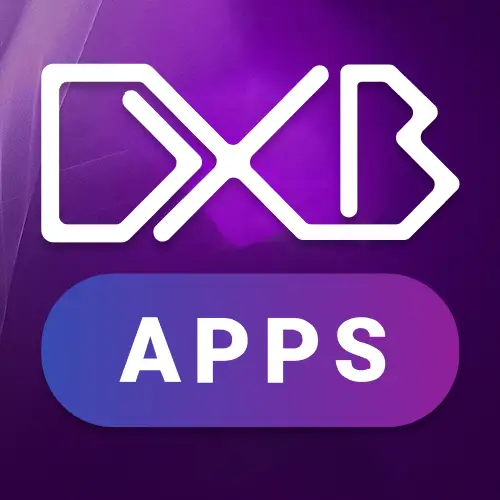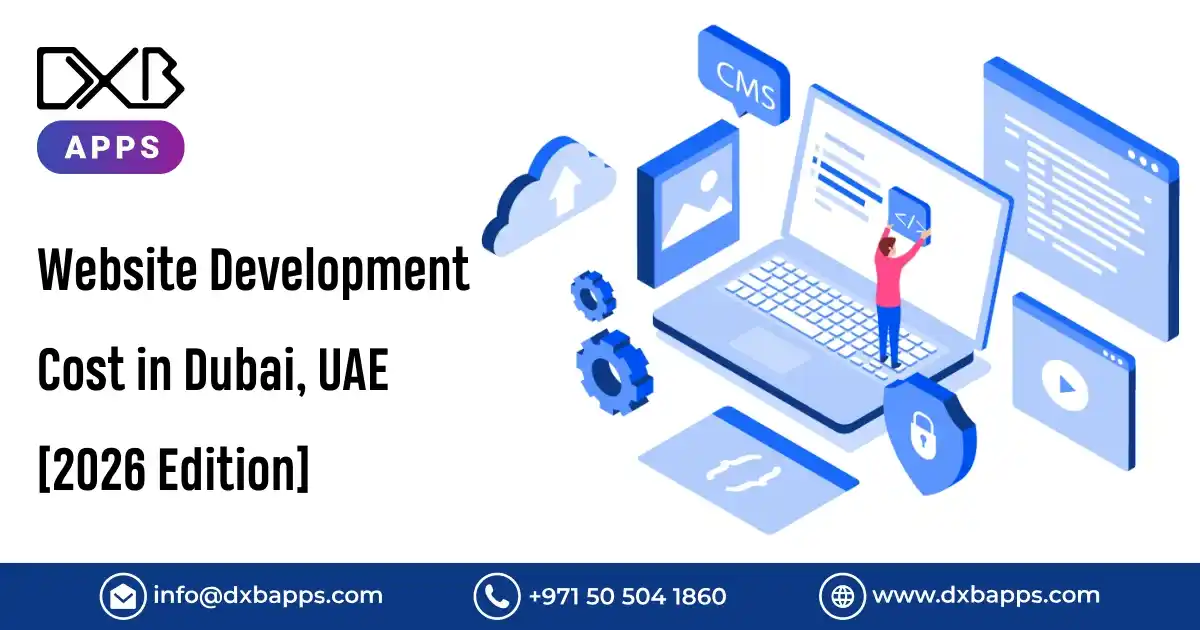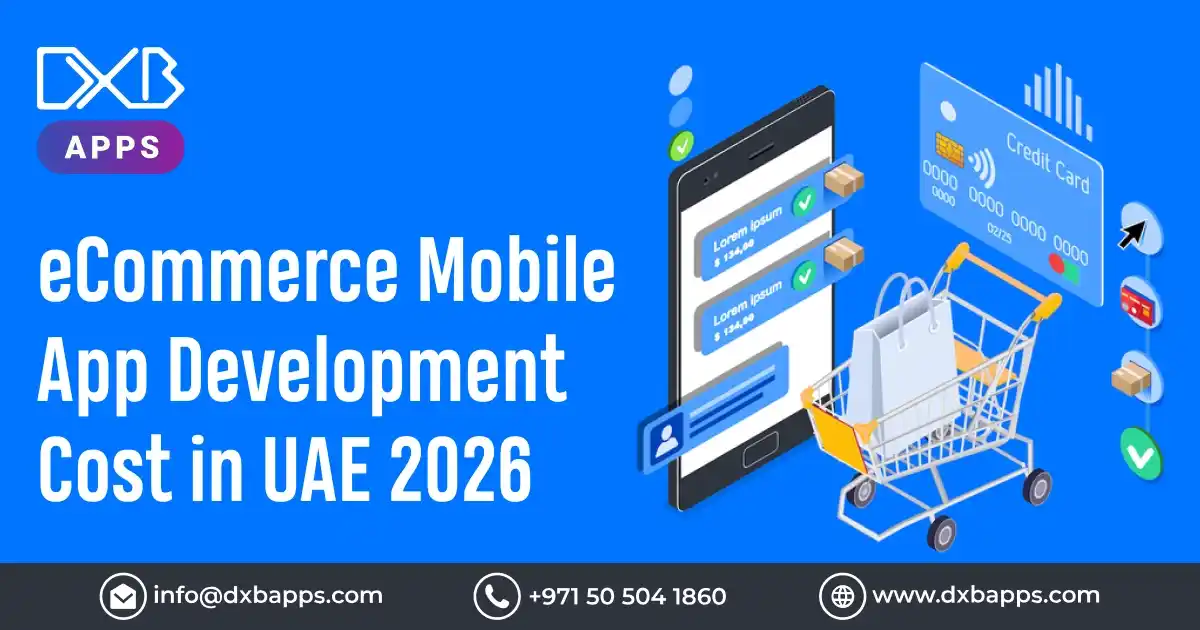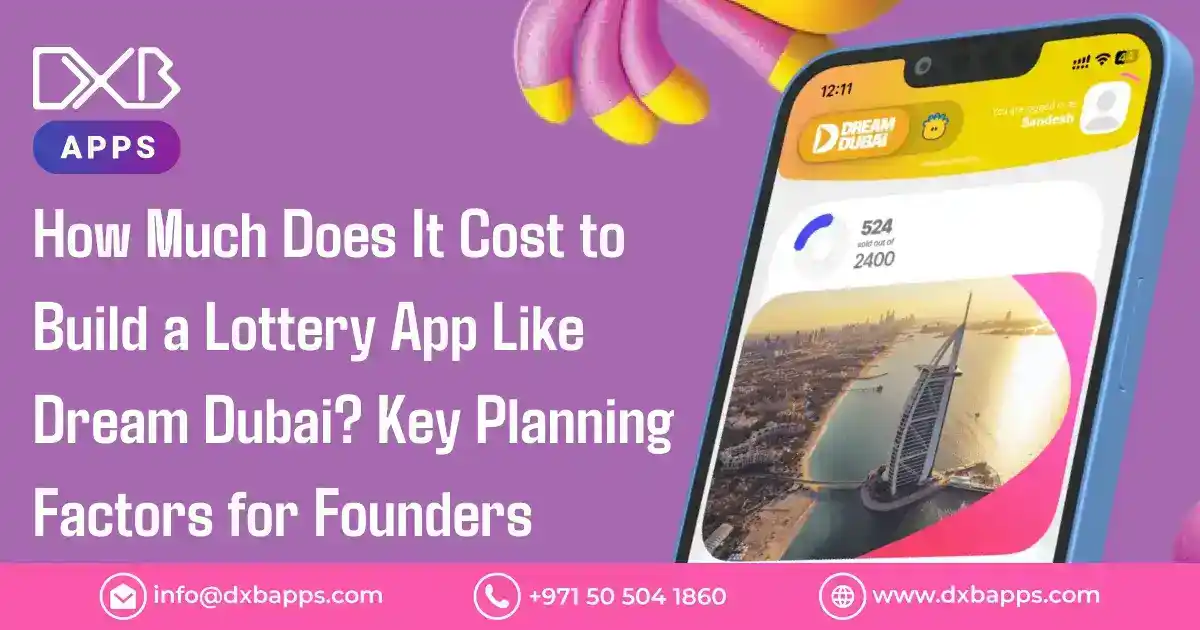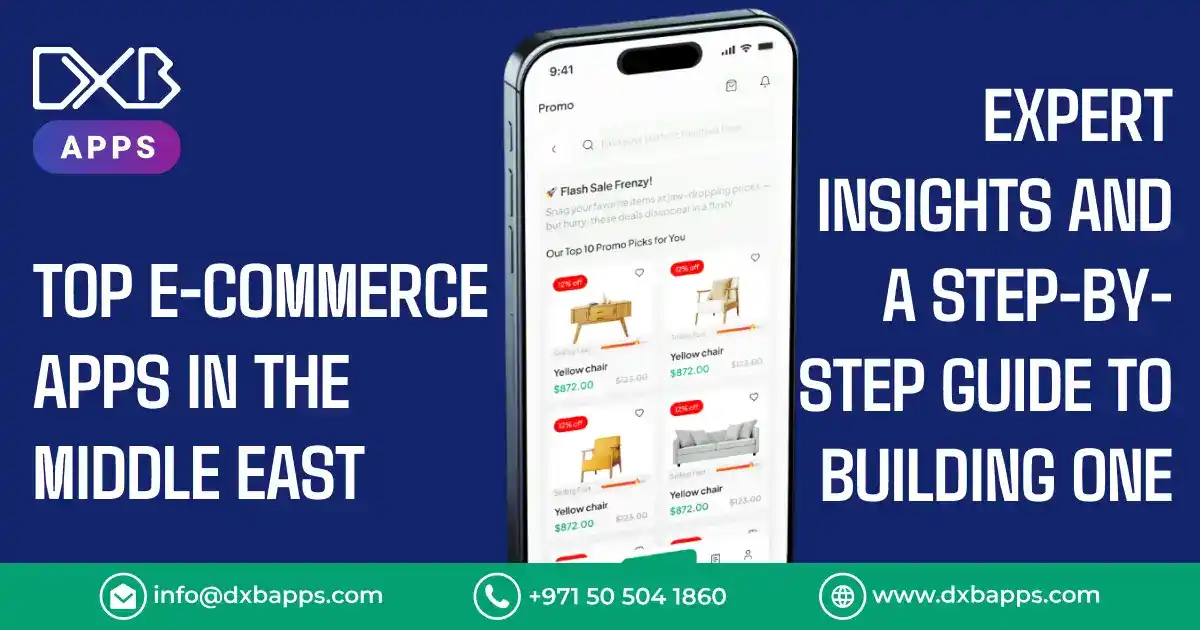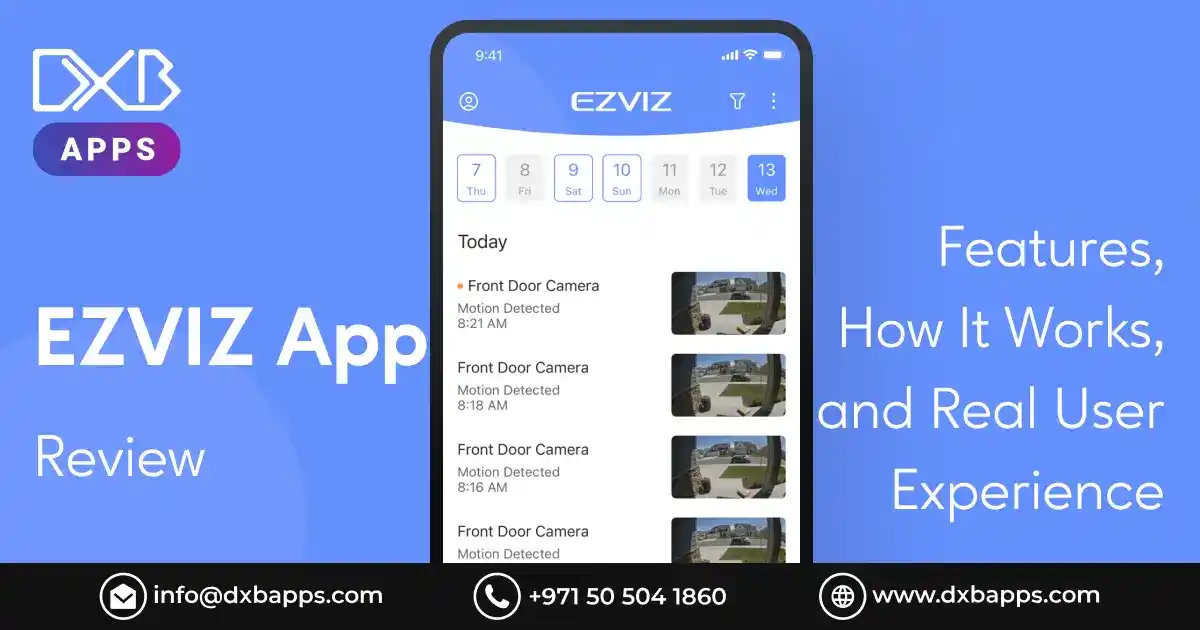With the exponential growth in the digital space, we are witnessing new innovations every day. Tackling different problems around the world to increase the efficiency of multiple services is one of the main objectives of companies and entrepreneurs. The advent of mobile applications is gaining importance every year and each year, businesses and organizations are investing millions into the technology aspect of the medical industry. In 2020 alone, the world invested 21 billion dollars into the medical sector to introduce technology and new AI innovations for efficiency and better user experience. 76% of patients have been satisfied with their interaction between AI and technology. During the pandemic, the world had 3.2 billion downloads of health-related applications. This surpassed the previous year downloads by 50%. With such promising growth forecasts, apps such as COVID-19 Tracking Apps and tele-health care apps are practically available on every 7 individuals out of 10. Here are some applications of apps in the medical industry:
1. Tele-Healthcare Apps
Tele-health apps have become extremely popular in digital medical industry during the pandemic. These self-help apps allow virtual consultation between a doctor and patient. Users can educate themselves on different health related issues. It can allow a direct diagnosis from the doctor via tele-consultation. Needless to say, personal and travel time is saved. It’s easy, convenient and appeals to the comfort of people. The app popularity grew massively during COVID-19, due to the contactless regulation. Harnessing the ability to contact your doctor from home and receive diagnosis and help, allowed multiple people to put their mind at ease and relax.
Yet, this kind of technology has some disadvantages. A full diagnosis is impossible as the doctor can’t see the patient face to face and isn't able to conduct any tests that may need medical equipment. They ran into the risk of incorrect diagnoses and going purely from what the patient is feeling, isnt the best idea as they may not know how to describe their symptoms leading to insufficient information. However, these limitations are being addressed steadily with video calling, home tests that might help in providing an accurate diagnosis.
The tele-health care industry is worth 62.4 billion dollars in 2021 and is only expected to grow further as the world becomes more digital and advanced.
2. COVID-19 Tracking Apps
COVID-19 Tracking Apps have become one of the most useful applications in today’s society. Their fundamental objective is providing tips for people who have contracted COVID-19. It can furnish the user with COVID-19 related information in your region and internationally. Being fully informed of our surroundings was one of the most critical parameters of keeping ourselves safe and healthy during this phase. Everyday changing quarantine rules, keeping an eye on global statistics became a norm in the last two years. Another useful feature is guiding us to determine whether you have contracted the virus by using quizzes that evaluate the symptoms. Going one step further was to provide this data to the local health authorities for further action and assistance. The app can provide certified remedies and tips to offset symptoms. Ongoing follow up calls with COVID patients proved to be a life saver in times when the pandemic peaked, without the help of a doctor. It also provides essential information to the health authorities to know how many people have contracted the virus, so they know how to tackle it with new regulations, to reduce cases.
However, the app poses a moral dilemma. The app needs a lot of personal information to provide you the best services such as name, location and phone number and other personal details. Data privacy proved to be a huge challenge with multiple apps on the platform and very little control on where the data was being used or stored. Yet, the app can’t function without this information, and this poses a huge challenge. People need the tips so that they can feel better, with a breath of relief and this is essential for one’s mental health. Yet, this information can’t be provided without giving personal information first, and many people can’t trust health authorities and strangers with their data that may be misused.
3. Health Lifestyle Apps
Health Lifestyle Apps have become a trend in the digital age, due to the evolution of social media and the growing appeal for a healthier, stronger and attractive body. Multiple social media influencers, business entrepreneurs have turned to applications to spread their work and tips on how they have achieved a healthy lifestyle. These apps cover 3 aspects, fitness, diet and mental health. The app may have tutorials on how to carry out your workout, different types of diets that are suited for the user, and tips for better mental health. These apps provide multiple areas for you to improve your lifestyle and how you can sustain your health by self-management and discipline. It provides you with guidance to a healthy body which is essential for the longevity of your life. Specially during the COVID phase with quarantine as our best friend, millions have turned to these apps to maintain their sanity as well as physical well-being. Providing different diets that are customizable is essential for maintaining a fitness regime.
Although, there may be some disadvantages where there is no control or monitoring of what information is being shared with the user in terms of food habits which might affect health conditions if one is not aware of what ails them. The information being provided may be fake and unreliable, leading to possible health complications if something goes wrong in fitness regime or diets.
In 2022, the value of this market is expected to reach 10.6 billion dollars with huge leaps in providing tighter guidance, better advice and more options in making an individual manage his/her well-being more independently.
Conclusion
The variety of apps in the healthcare sector continues to grow as we exploit the different uses and applications of technology in hospitals and the medical sector. Finding new uses opens many ways to improving efficiency, user experience and healthiness of people. There are many other mobile applications in the healthcare sector, but these are the biggest markets for mobile applications in this industry. Some other examples are doctor appointment apps, diagnosis apps and data collection apps.

